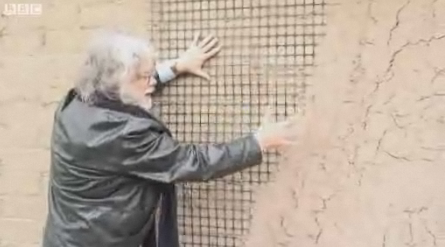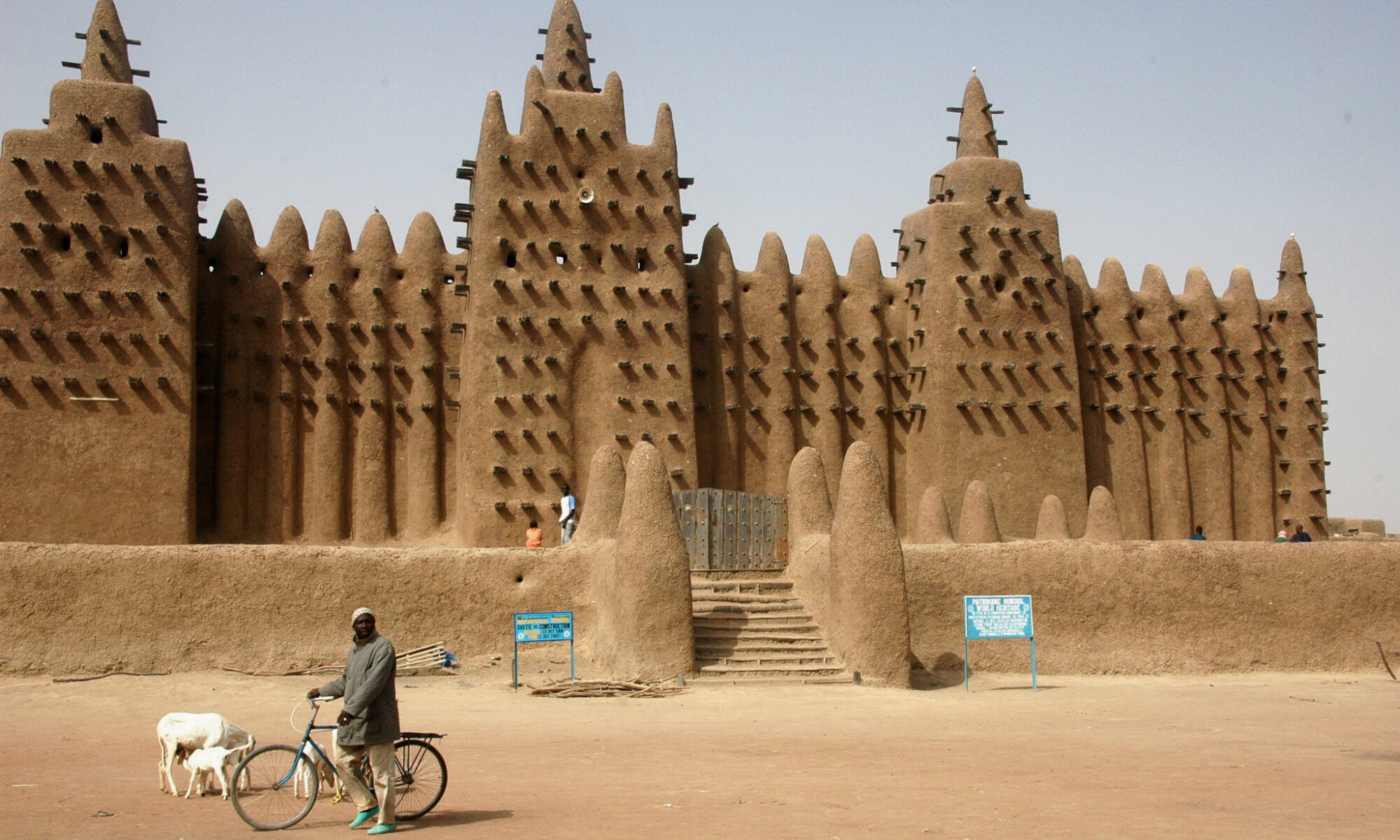
Since 1970, Peru has been hit by five powerful and deadly earthquakes. The latest struck Peru’s coast exactly two years ago with a magnitude of 8.0 on the Richter scale. It fiercely shook the capital Lima, but its devastating epicentre was about 200km (124 miles) to the south, near the town of Pisco, a small fishing port built largely of adobe – mud bricks which Peruvians have used for thousands of years. For Peruvian engineer Marcial Blondet, it was the devastating quake in 1970 that first motivated him to develop earthquake-resistant buildings, particularly for those who could least afford them. Mr Blondet and his team found a solution in an industrial plastic mesh used by mining companies to hold back earth on slopes. It is strong, cheap and easy to use. Securely enveloping a normal mud-brick home in the mesh can prevent the walls from collapsing in an earthquake. The building wobbles but it does not fall down.
